The Power Of Costume: Exploring A Director's Visual Language
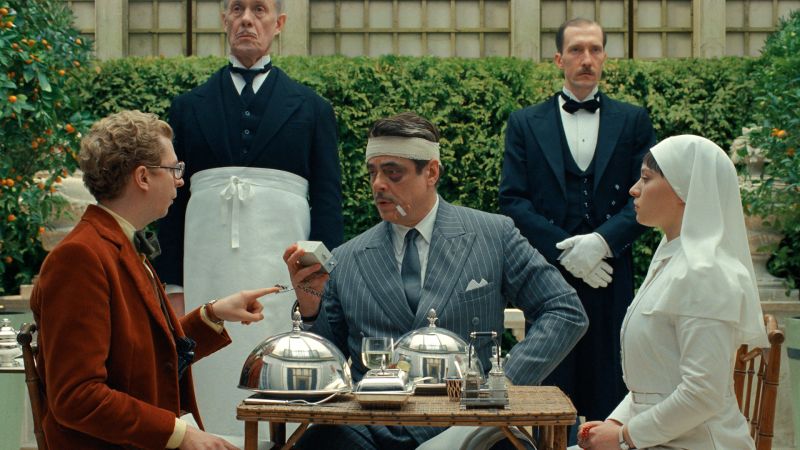
Welcome to your ultimate source for breaking news, trending updates, and in-depth stories from around the world. Whether it's politics, technology, entertainment, sports, or lifestyle, we bring you real-time updates that keep you informed and ahead of the curve.
Our team works tirelessly to ensure you never miss a moment. From the latest developments in global events to the most talked-about topics on social media, our news platform is designed to deliver accurate and timely information, all in one place.
Stay in the know and join thousands of readers who trust us for reliable, up-to-date content. Explore our expertly curated articles and dive deeper into the stories that matter to you. Visit Best Website now and be part of the conversation. Don't miss out on the headlines that shape our world!
Table of Contents
The Power of Costume: Exploring a Director's Visual Language
Costume design in film is far more than just pretty clothes; it's a potent storytelling tool, a vital element of a director's visual language. A well-crafted costume can instantly communicate character, setting, time period, and even thematic elements, enriching the cinematic experience far beyond mere aesthetics. This article delves into the power of costume design, exploring how visionary directors utilize this art form to elevate their narratives.
Beyond the Fabric: Costume as Character
Consider the iconic wardrobe of characters like Darth Vader (Star Wars) or the sharp suits of Don Draper (Mad Men). These costumes aren't just clothing; they are integral to the characters themselves. Vader's imposing black suit immediately communicates power, intimidation, and a certain detachment from humanity. Similarly, Draper's impeccably tailored suits reflect his ambition, status, and carefully constructed persona. The costume becomes the character, silently conveying information to the audience before a single word is spoken.
Setting the Scene: Costume and Time Period
Costume design plays a crucial role in establishing the film's historical and geographical context. The elaborate gowns and powdered wigs of a period drama instantly transport the viewer to another era. Conversely, the grungy, worn-out clothing of characters in a post-apocalyptic film instantly communicates the harsh realities of their world. The attention to detail, from the stitching on a 1920s flapper dress to the distressed denim of a modern-day rebel, speaks volumes about the director's vision and the world they've created.
Thematic Resonance: Costume as a Narrative Device
Directors often use costumes to subtly communicate the overarching themes of their films. For example, a recurring color palette can signify specific emotions or ideas. The use of bright, vibrant colors might represent joy and optimism, while muted tones could reflect sadness or despair. Costume choices can even foreshadow plot points or reveal character arcs, adding layers of depth to the narrative. This thoughtful approach transforms clothing into a powerful narrative tool, enriching the viewer's understanding of the film's deeper meaning.
Masterful Directors and their Costume Collaborations
Many renowned directors are known for their close collaboration with costume designers. The work of Edith Head with Alfred Hitchcock, or Sandy Powell with Martin Scorsese, exemplifies the powerful synergy between directorial vision and costume artistry. These collaborations result in iconic looks that are instantly recognizable and indelibly linked to the films themselves, proving the crucial role of costume in cinematic history.
The Future of Costume Design
With the evolution of filmmaking technology and stylistic trends, costume design continues to adapt and innovate. We are seeing increasingly creative and experimental approaches to costume, further solidifying its position as a key element in a director’s visual storytelling arsenal. From digital enhancements to the use of sustainable materials, the future of costume design is as exciting as its past.
Conclusion: The power of costume in film should not be underestimated. It's a multifaceted art form that contributes significantly to character development, setting the scene, reinforcing thematic elements, and ultimately, enriching the overall viewing experience. Understanding the director's use of costume allows for a deeper appreciation and a more complete understanding of the cinematic narrative. Pay closer attention next time you watch a movie – you might be surprised by what the costumes reveal.

Thank you for visiting our website, your trusted source for the latest updates and in-depth coverage on The Power Of Costume: Exploring A Director's Visual Language. We're committed to keeping you informed with timely and accurate information to meet your curiosity and needs.
If you have any questions, suggestions, or feedback, we'd love to hear from you. Your insights are valuable to us and help us improve to serve you better. Feel free to reach out through our contact page.
Don't forget to bookmark our website and check back regularly for the latest headlines and trending topics. See you next time, and thank you for being part of our growing community!
Featured Posts
-
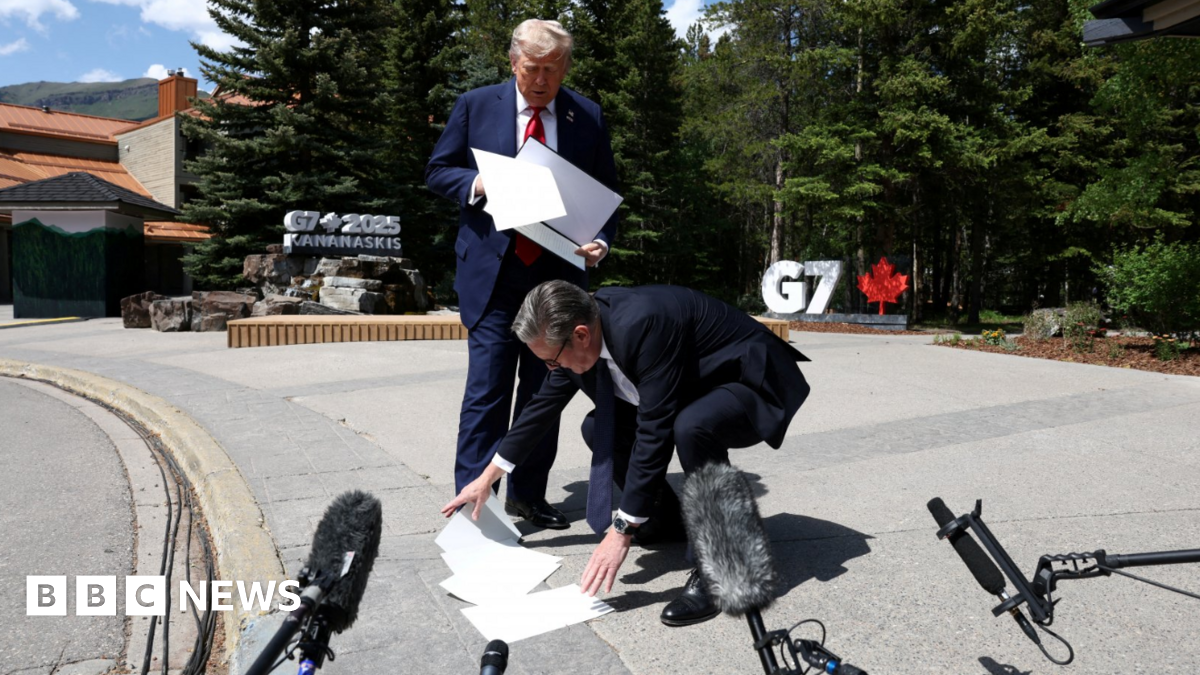 Keir Starmer And Security The Unintentional Evasion
Jun 18, 2025
Keir Starmer And Security The Unintentional Evasion
Jun 18, 2025 -
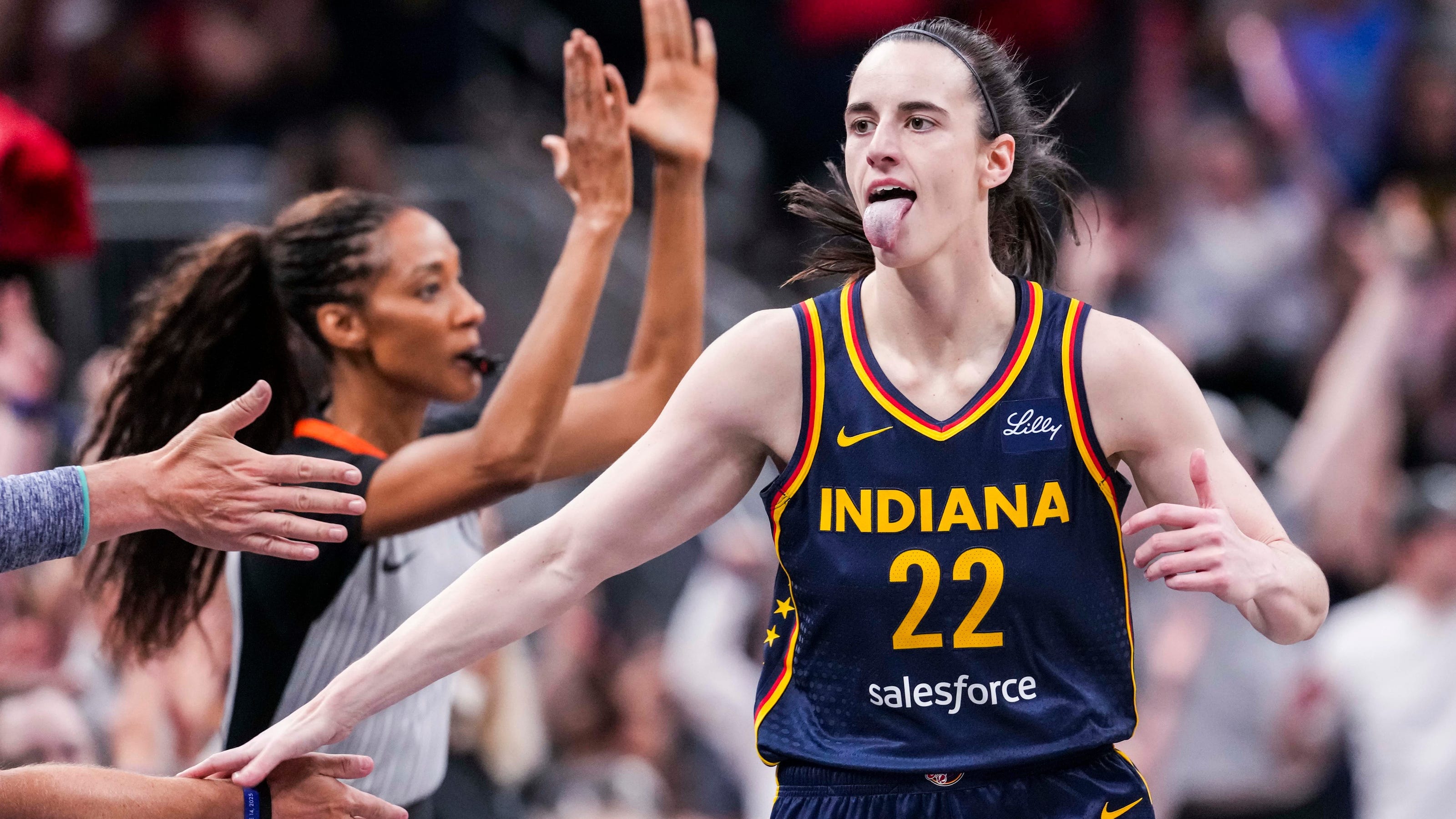 Where To Watch Caitlin Clark Play Connecticut Sun Vs Indiana Fever Live Game Information
Jun 18, 2025
Where To Watch Caitlin Clark Play Connecticut Sun Vs Indiana Fever Live Game Information
Jun 18, 2025 -
 White House Directive Ice To Expand Deportations In Democratic Cities
Jun 18, 2025
White House Directive Ice To Expand Deportations In Democratic Cities
Jun 18, 2025 -
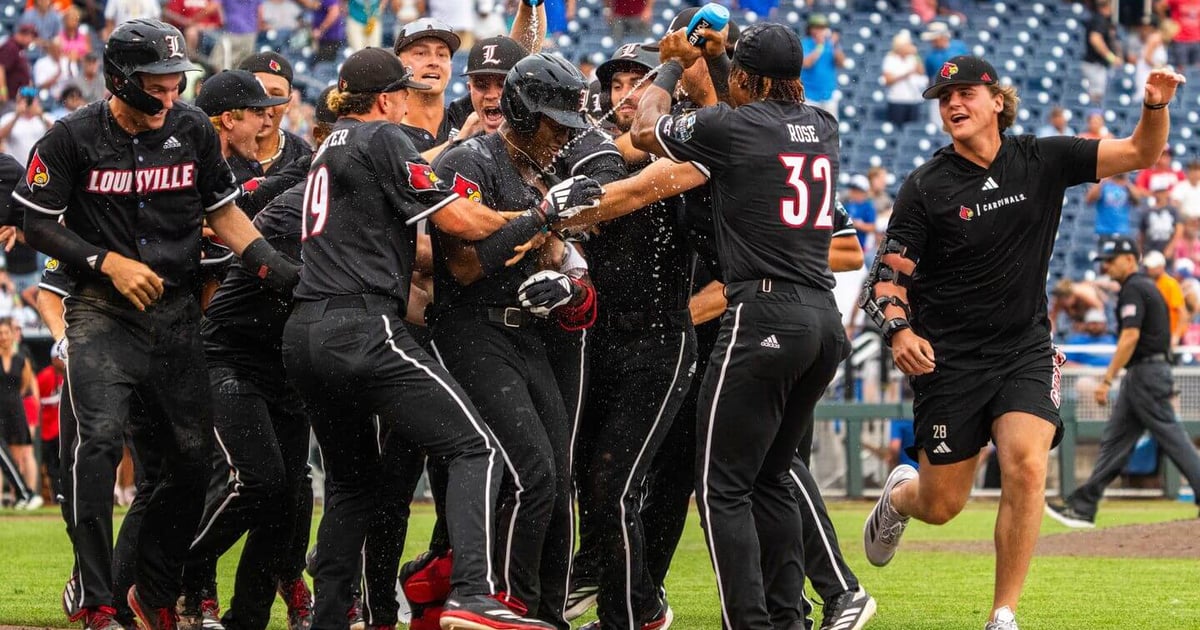 College World Series 2025 Oregon State Louisville Lsu And Ucla Match Results
Jun 18, 2025
College World Series 2025 Oregon State Louisville Lsu And Ucla Match Results
Jun 18, 2025 -
 The Twin Paradox Cincinnatis Unique Take On Identical Siblings
Jun 18, 2025
The Twin Paradox Cincinnatis Unique Take On Identical Siblings
Jun 18, 2025
Latest Posts
-
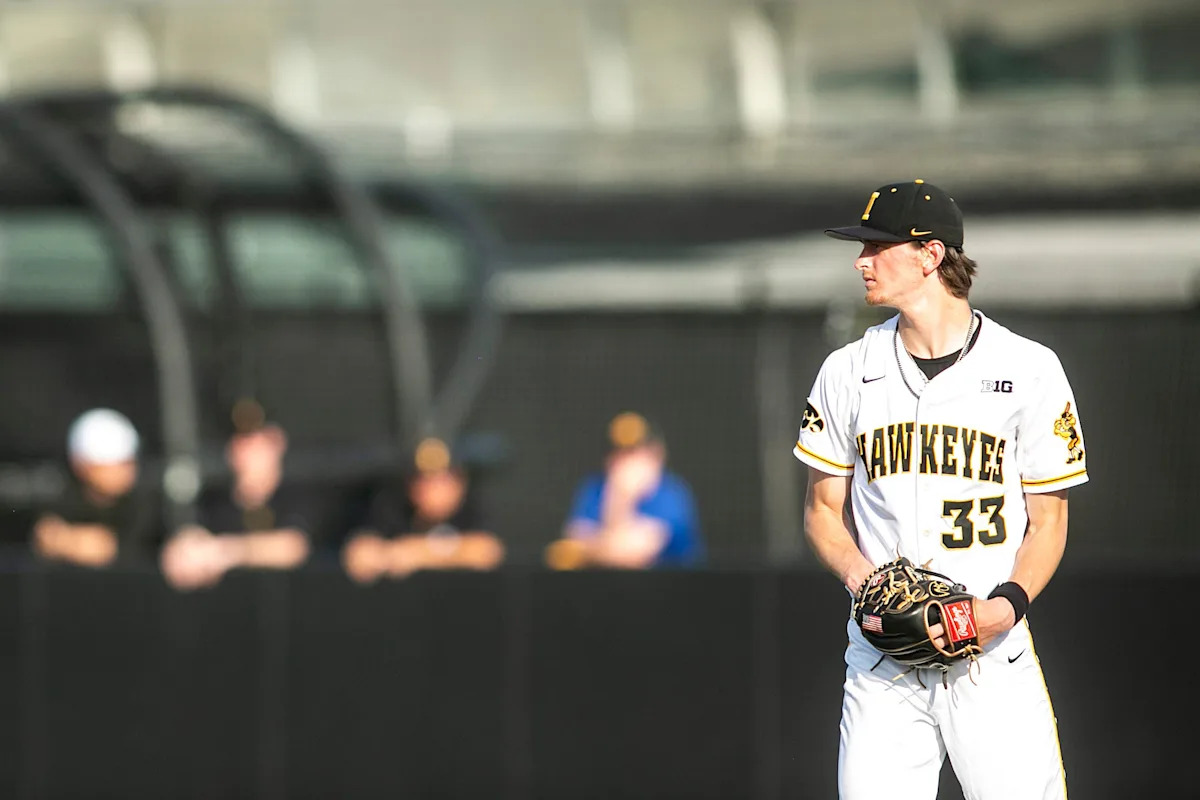 Adam Mazur Called Up Former Iowa Pitcher To Face Phillies For Miami
Jun 19, 2025
Adam Mazur Called Up Former Iowa Pitcher To Face Phillies For Miami
Jun 19, 2025 -
 Mps Pass Bill Abortion Decriminalized In England And Wales
Jun 19, 2025
Mps Pass Bill Abortion Decriminalized In England And Wales
Jun 19, 2025 -
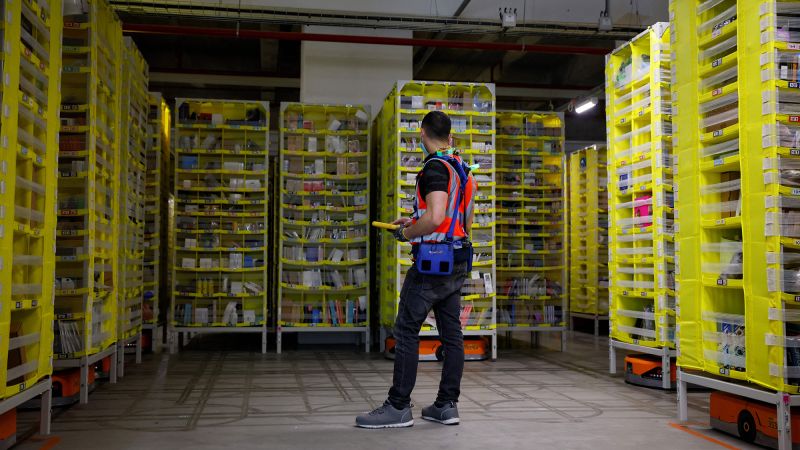 Amazon Announces Layoffs Ais Growing Role In Workplace Automation
Jun 19, 2025
Amazon Announces Layoffs Ais Growing Role In Workplace Automation
Jun 19, 2025 -
 Top News Salzburg Aktuelle Ereignisse Am 17 Juni
Jun 19, 2025
Top News Salzburg Aktuelle Ereignisse Am 17 Juni
Jun 19, 2025 -
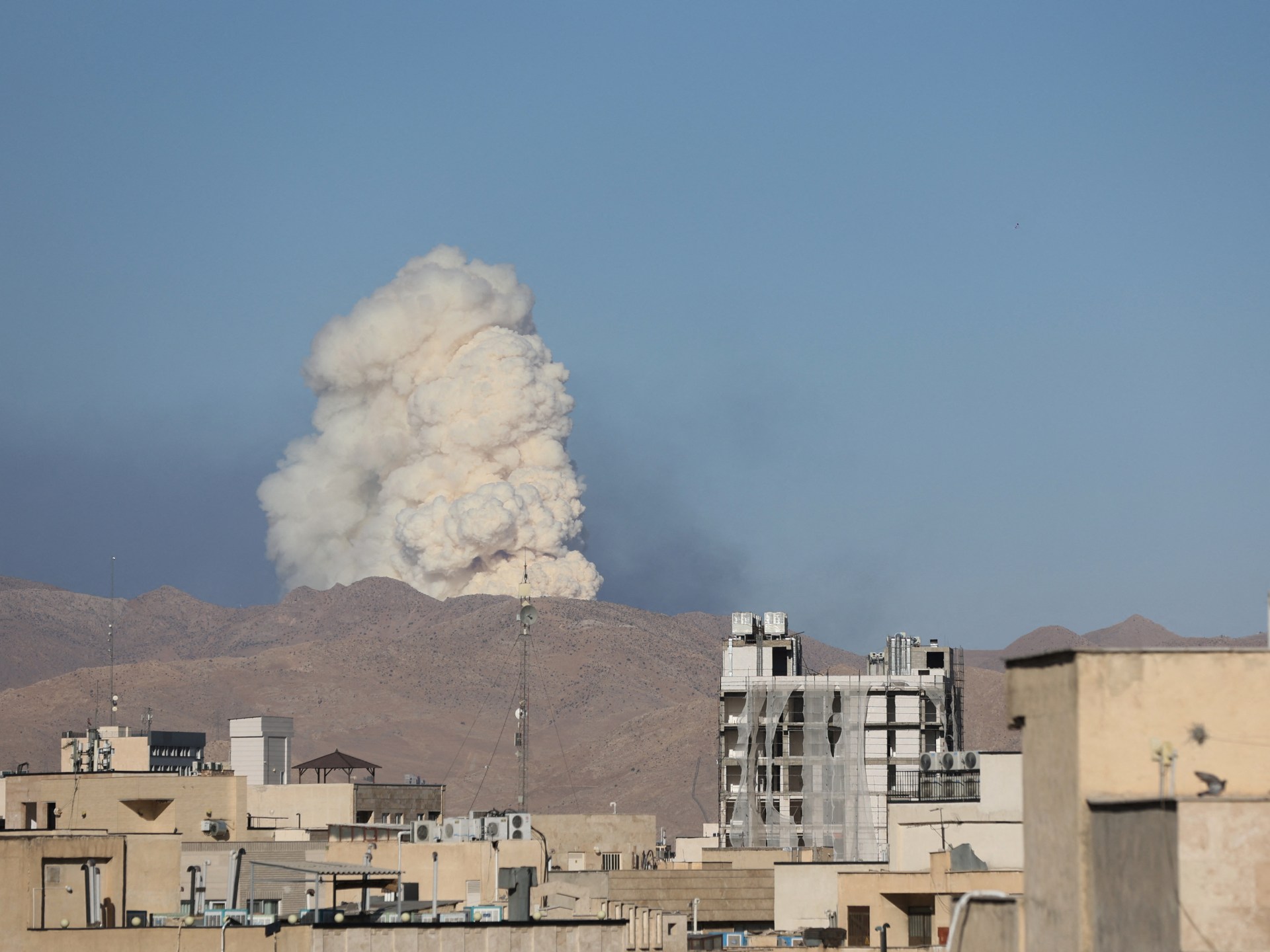 144 Dead In Gaza As Israel And Iran Continue Deadly Missile Barrage
Jun 19, 2025
144 Dead In Gaza As Israel And Iran Continue Deadly Missile Barrage
Jun 19, 2025
